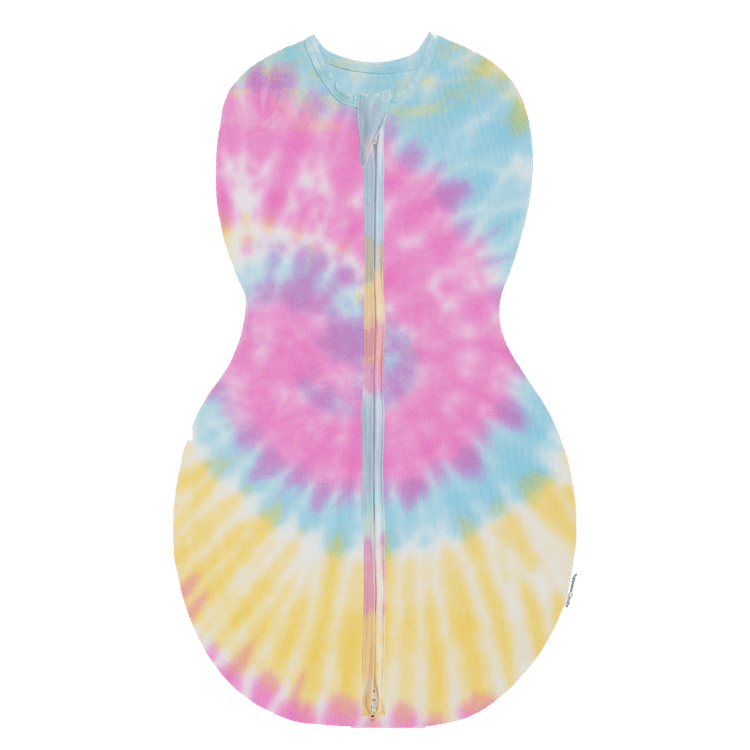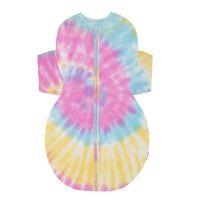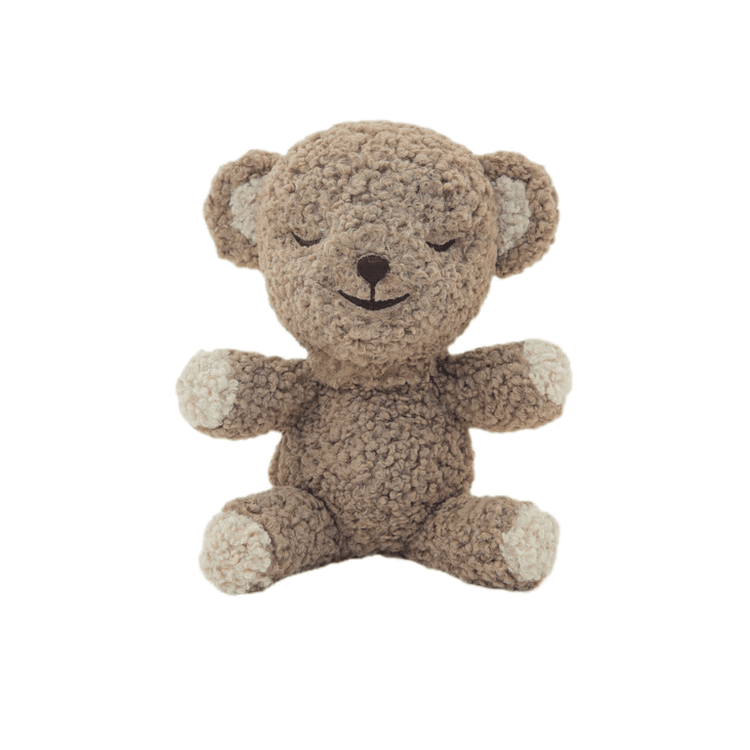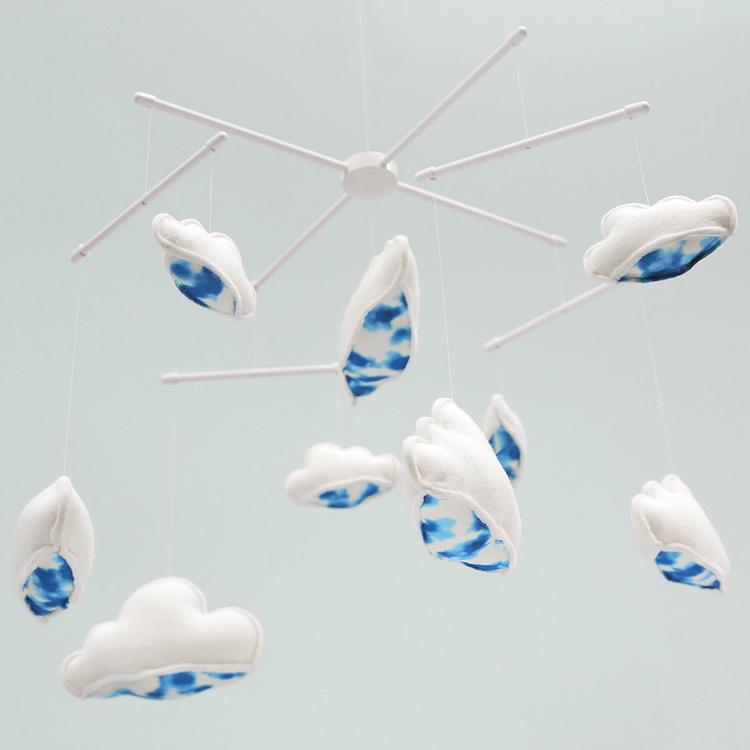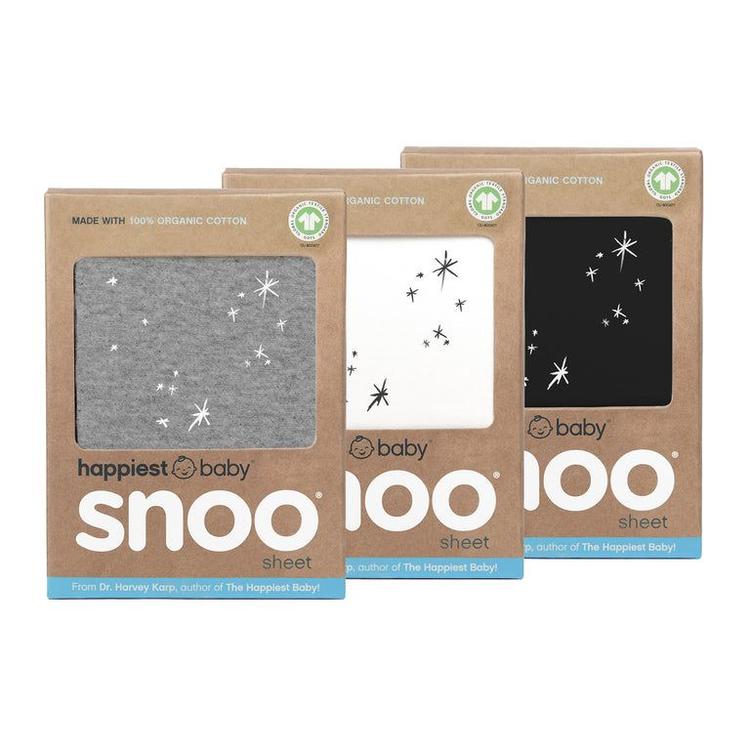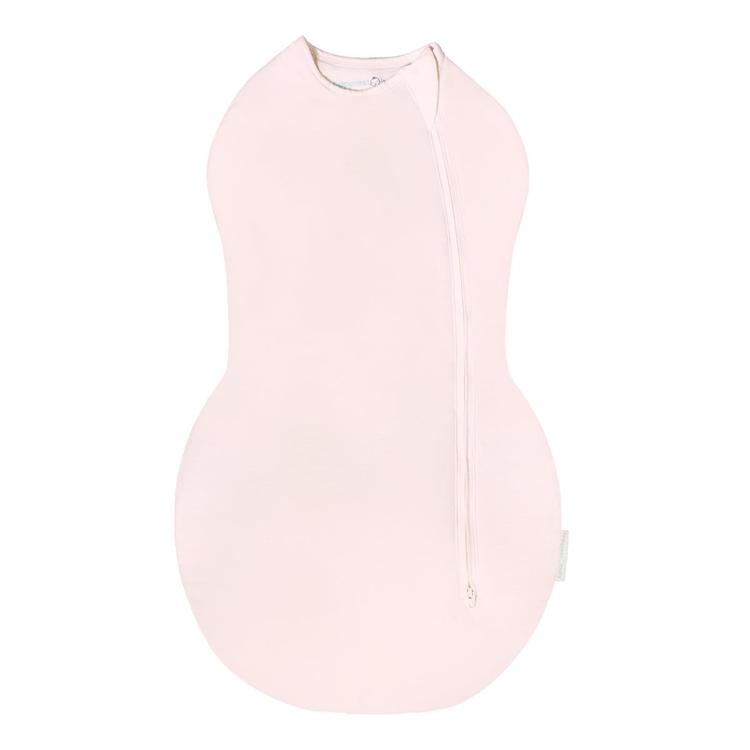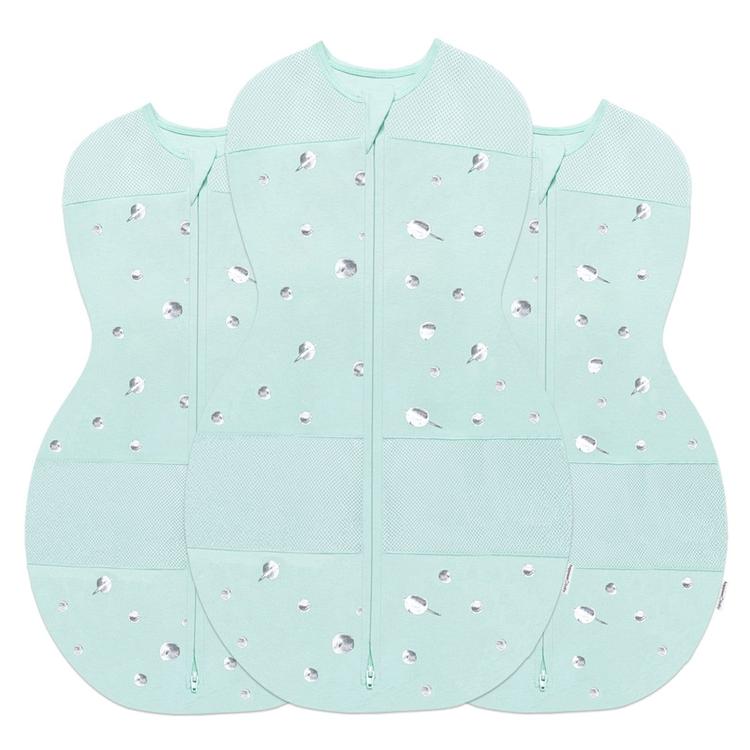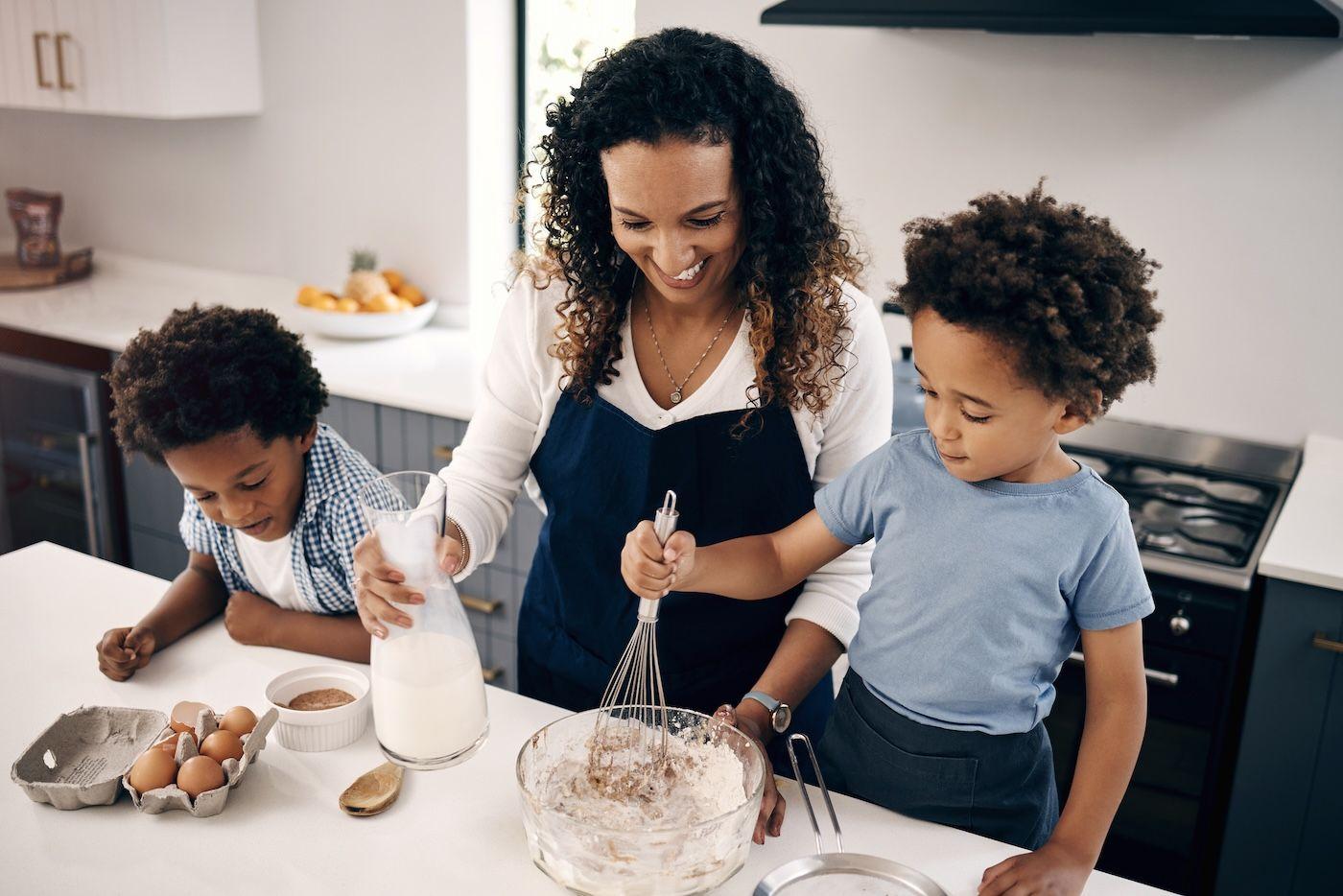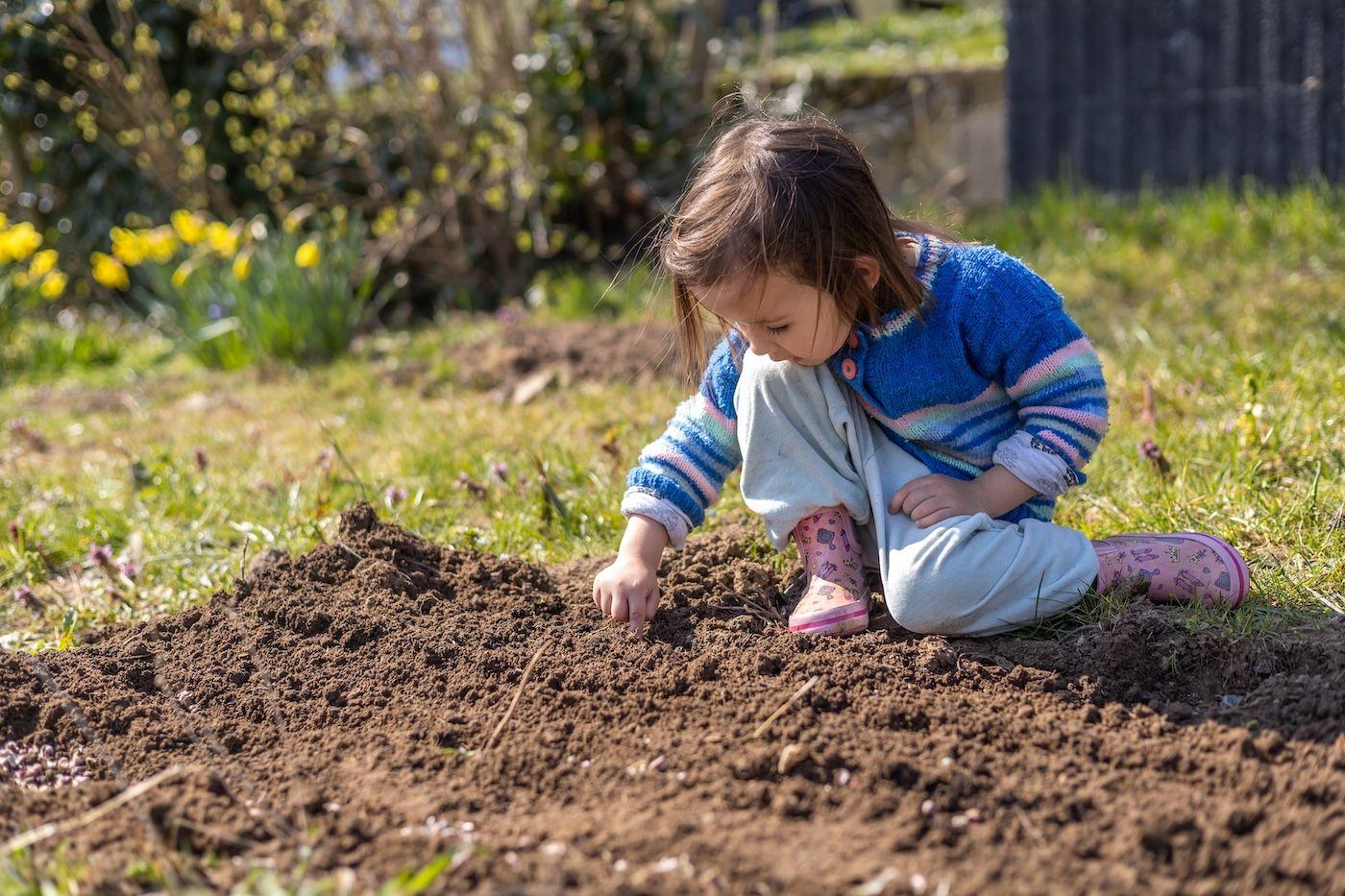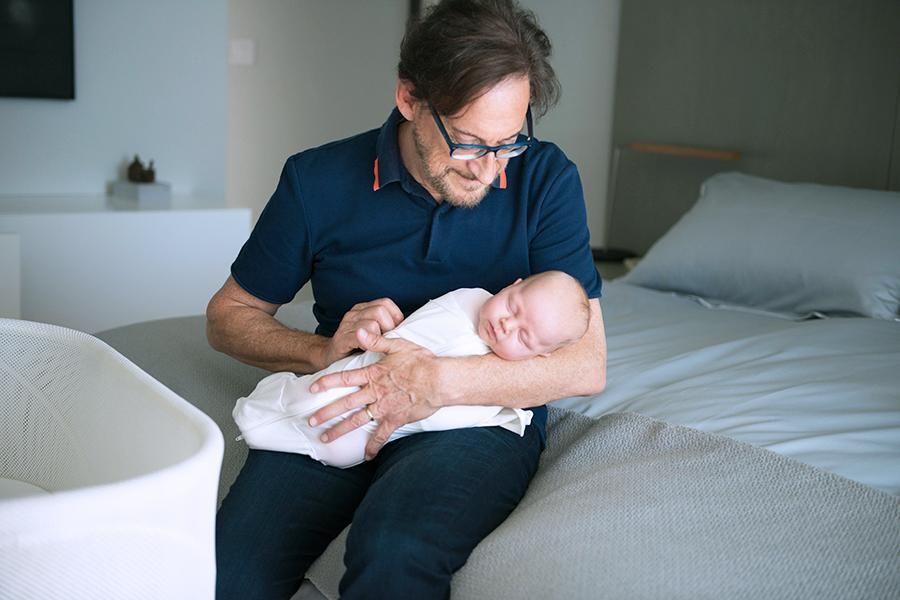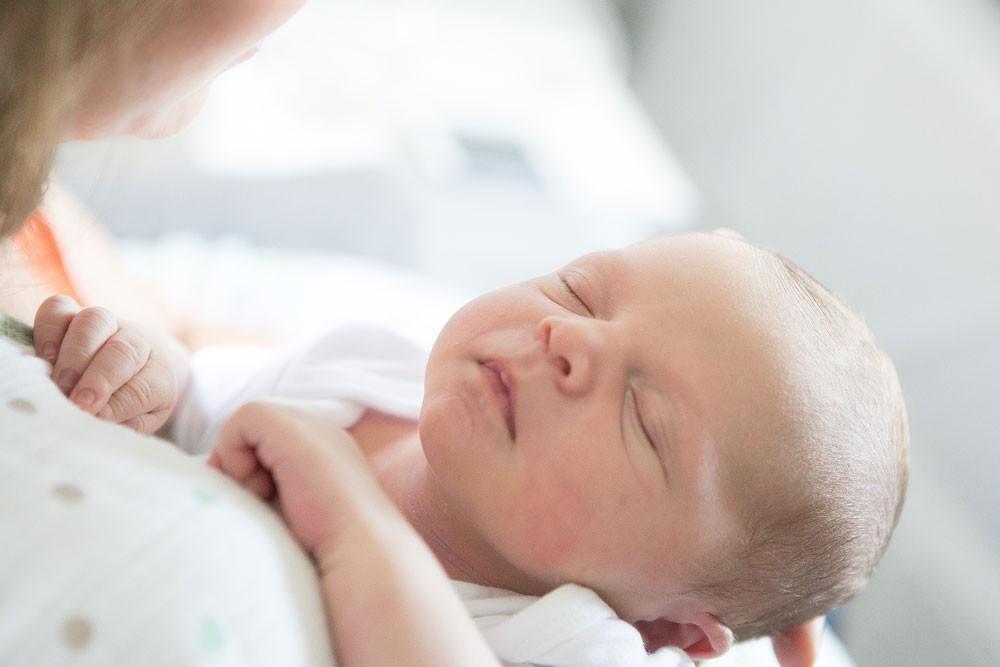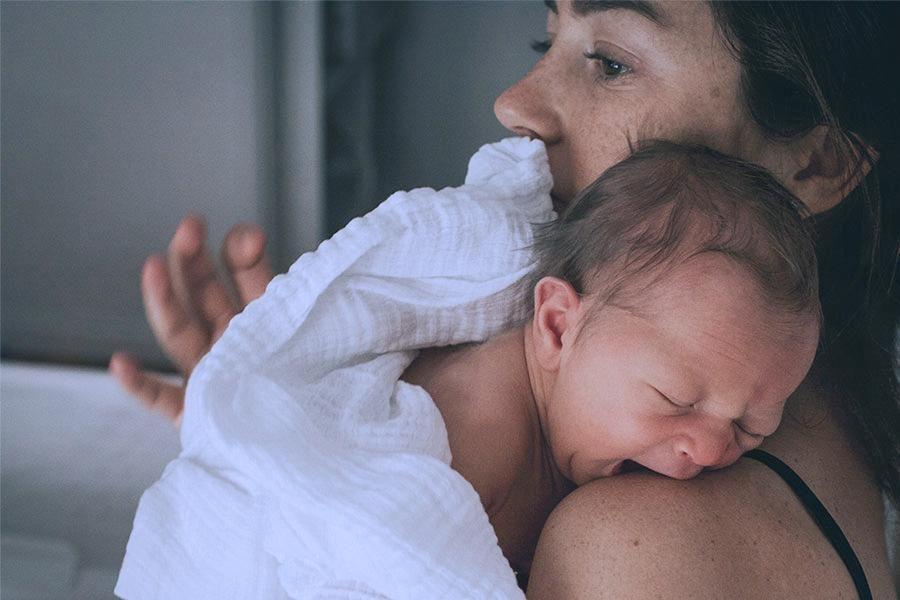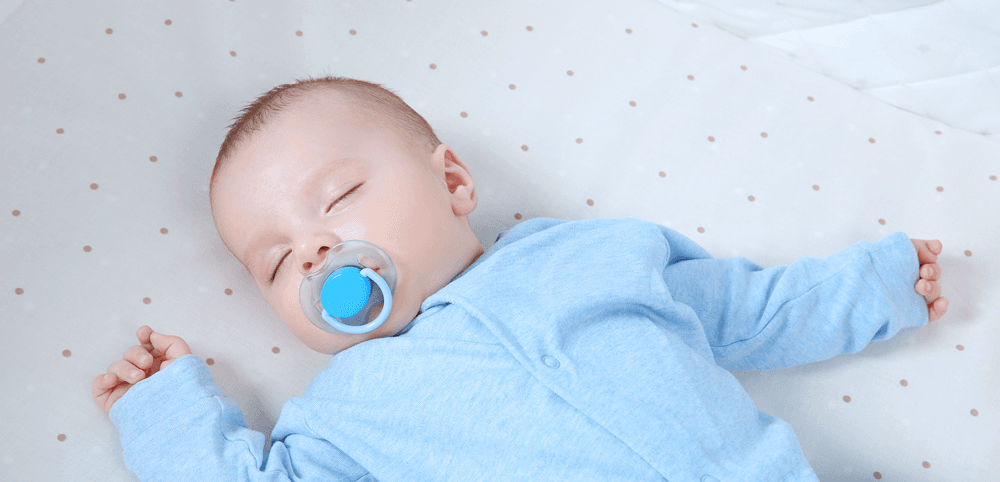You put up the cutest blackout curtains you could find. You made sure the hall light never streams under your baby’s door when they’re snoozing. But as soon as you attempt to change your little one’s diaper in a pitch black nursery it hits you: You need a nightlight! And, news flash, nightlights are super-important once midnight monsters begin lurking under your little one’s bed during the toddler years. But which nightlight is best for your baby or toddler? Here’s help figuring that out.
Do babies and toddlers need a nightlight?
While a nightlight isn’t as essential as, say, a cot, a nightlight is a very helpful tool for both children and parents. Nightlights let caregivers make a quick assessment of their little one’s well-being, offer feeds, and change dirty diapers, without having to turn on a too-bright, sleep-disturbing room light. Plus, many toddlers and preschoolers feel a sense of comfort and safety if they can see familiar surroundings when they wake in the middle of night…not just a sea of blackness!
Are nightlights bad for a baby’s eyes?
No! More than 20 years ago, a study claimed that some children who used nightlights later became nearsighted. But it didn’t take long for newer studies to debunk that claim. In short, there’s absolutely no association between using nightlights and future vision problems in children.
Are nightlights bad for sleep?
No. While a recent study in the Journal of Pineal Research noted that nightlights may hinder nighttime ZZZs, it really comes down to what kind of nightlight you use and how you use it. Using a nightlight properly will not muck up your child’s production of the all-important sleep hormone, melatonin—or their internal sleepytime clock. Simply follow these rules:
- Place your tot’s nightlight away from their direct line of sight.
- Keep the light dim.
- While standard white or blue nightlights can prove disruptive to sleep, research shows that a nightlight that gives off a warm, red or orange-ish glow can be especially helpful for children’s sleep and their sensitive circadian rhythms.
Toddler Nightlight Must: Adjustable Light
Using a nightlight that’s too bright can make sleepytime harder for your tyke! Instead, you want a dim light that offers a soft, comforting glow. Happiest Baby’s SNOObie allows for manual dimming, has an internal light sensor that automatically adjusts brightness based on ambient light, and can be programmed to dim after tuck-in. All of this ensures that your child’s SNOObie is always at the just-right brightness. As a bonus: SNOObie allows you to choose between eight soothing colours, including warm red and orange tones that have been shown to help children sleep.
Toddler Nightlight Must: Multipurpose
Kids require a lot of stuff, so look for baby or toddler items that can be twofers, or heck, threefers! (Less clutter! Less to buy!) For instance, when shopping for a nightlight, consider one that’s also a sound machine, like our pediatrician-designed SNOObie, which features 12 soothing sounds—including the award-winning white noise babies love from SNOO, four lullabies, and shushing sounds to calm fussing. Unlike most nightlights, SNOObie goes above and beyond the nightlight/white noise combo by being an OK-to-wake sleep trainer and a mindful breathing coach, to boot!
Toddler Nightlight Must: Programable
There are plenty of nightlights out there that offer a steady, dim light throughout sleepytime. But if you’re looking for a nightlight that can have a more active role in creating better bedtimes and time-to-wake routines, consider one that’s programmable. For instance, the Happiest Baby app allows parents to mix and match light and sound cues to create predictable and soothing wind-down and OK-to-wake routines. Before bedtime, you can schedule a 30-minute routine where SNOObie automatically plays a gentle lullaby, dims, and then plays white noise. Want to help keep your early bird in bed? You can program SNOObie to glow yellow at say, 6:30am and then green at 7am, telling your tyke that they can play quietly in bed when the yellow light turns on, and when SNOObie turns green, it’s okay to leave their room.
Toddler Nightlight Must: Rechargeable and Portable
Many nightlights only work when plugged into an outlet…which can be a drawback, especially if you’re hoping to easily take your nightlight from one room to another. But SNOObie has a rechargeable battery that lasts all night, making it a fantastic portable nightlight (and white noise machine) option for families. PS: SNOObie was designed so that its volume automatically decreases when off its charging dock to make extra sure it’s never too loud for little ears. (Please keep SNOObie at least 6 inches from your bub’s head.)
Toddler Nightlight Must: Kid-Appeal
A lot of nightlights look, well, boring…which might be totally fine for your kiddo and your family’s needs! But if you’re looking for a multipurpose nightlight that’s as cute as it is functional, look no further than SNOObie. Think about it this way: If you are hoping for a nightlight, sound machine, OK-to-wake clock, and more that’ll grow with your child, it’s a smart idea to invest in one that makes everyone smile!



